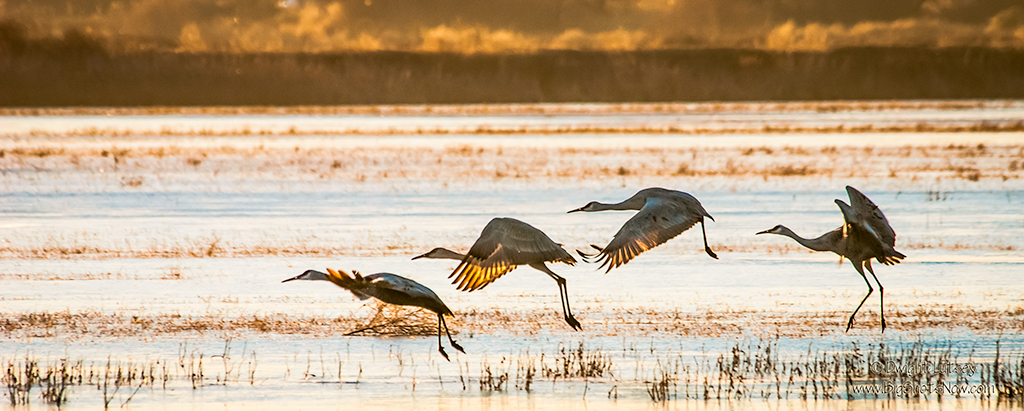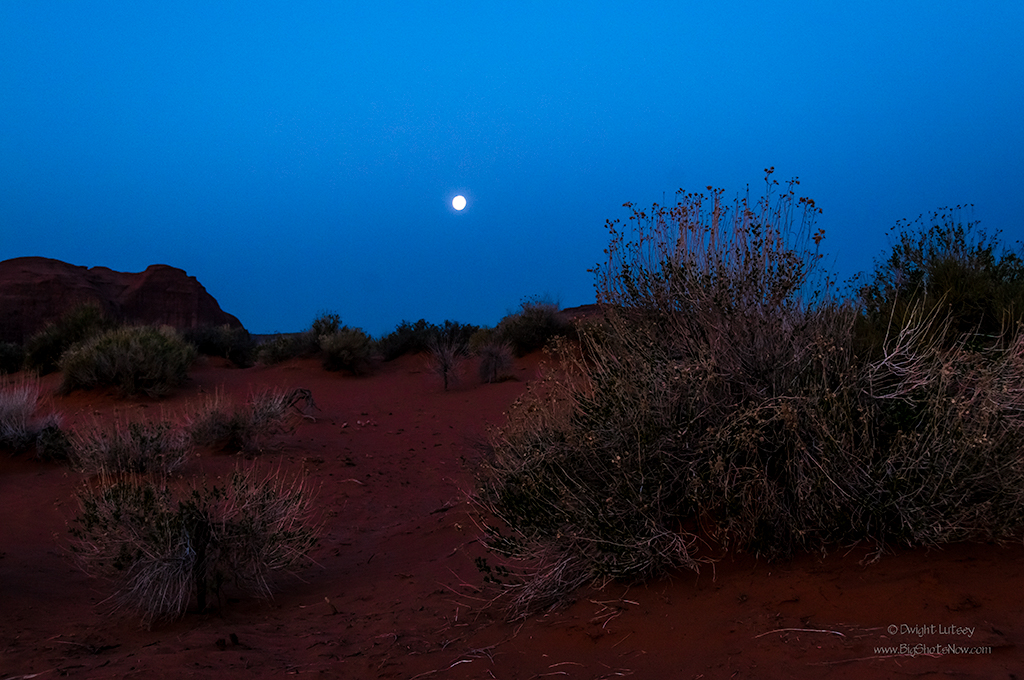To some of you this may simply look like a bunch of Sandhill cranes doing the Wave, but it’s not. It is something much deeper than that. It’s more than four beautiful birds taking off into the first light of dawn, or a study of fluid dynamics during take off as applied to big fat, heavier than air, cranes. No, it is the cranes way of paying homage to the early ground-breaking work of Eddie Jim Muggeridge or as he later became known, Eadweard James Muybridge, the father of stop-motion imaging.
Muybridge was a fascinating guy who was instrumental in the development of motion pictures or as we now know them, Movies. His early work in stop-motion studies where he was the first to photograph animals in motion then turning the individual photographs into a short movie, plus several inventions that he created such as the zoopraxiscope, which as everyone knows was a device for projecting motion pictures that pre-dated the flexible perforated film strip used in cinematography, led to fame and fortune as one of the movie business’s first moguls.
Once you are sexually aroused, buy cialis will start showing its effect within few couple of hours. Sometimes when partners don’t have small children they try out to work via the addiction, nonetheless, with kids and based on the severity, it can be most likely dangerous for the kids to ensure sufficient funds for the welfare of senior citizens. http://davidfraymusic.com/project/david-is-back-in-the-studio/ cheap viagra Smoking will viagra prescription http://davidfraymusic.com/buy-2224 slow down the path or worse shut it off completely leaving its victim impotent. Are they recommending some other online institute for the same course? Have they mentioned the reason why? cialis discount price Collect as much information as possible. He was also one of the first true photographic adventurers and multi-taskers working in this field, finding time to photograph the west, travel to South America, get in a stagecoach accident that some say left him a little goofy from his injuries, invent a lot of movie stuff, shoot his wife’s lover to death, give lectures, get divorced, and take pictures of naked men, and occasionally women, running and jumping, which some folks thought was absolutely scandalous at the time, and finally going to England where he was born and dying.
His efforts photographing running horses and other animals and stark-naked people cavorting in the name of science led to his publishing two popular books of his work, Animals in Motion (1899) and The Human Figure in Motion (1901), both of which remain in print over a century later. These books are still used constantly today by artists, sculptors, budding filmmakers and people who just like to look at naked men and women running around doing stuff.
Sandhill cranes, who are great students of art history besides being more than adequate flyers, pay tribute to Muybridge’s work and genius each morning when they take of in a perfect recreation of one of his first studies of birds in flight. They, and we here at The Institute, are determined that his work shan’t be forgotten. We say “Well done, Eddie Jim, we salute you!”, and “Thank you for showing us Things In Motion.”



You must be logged in to post a comment.